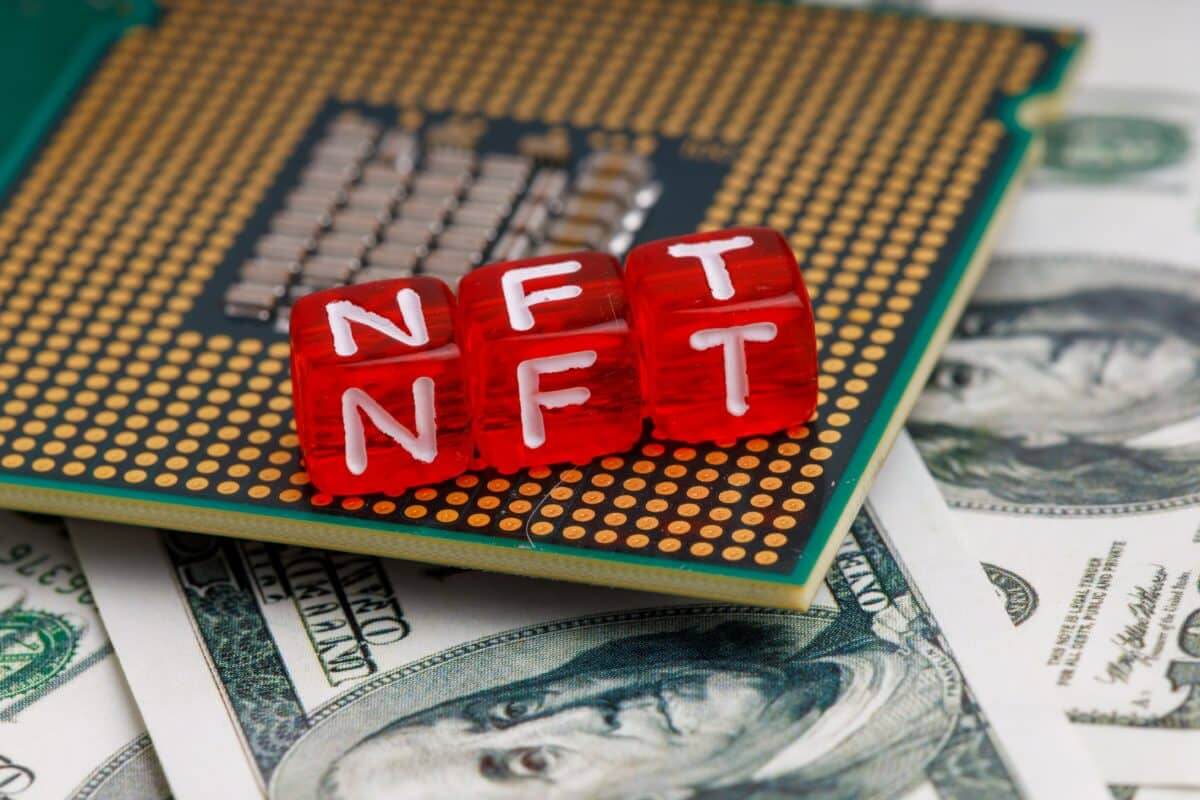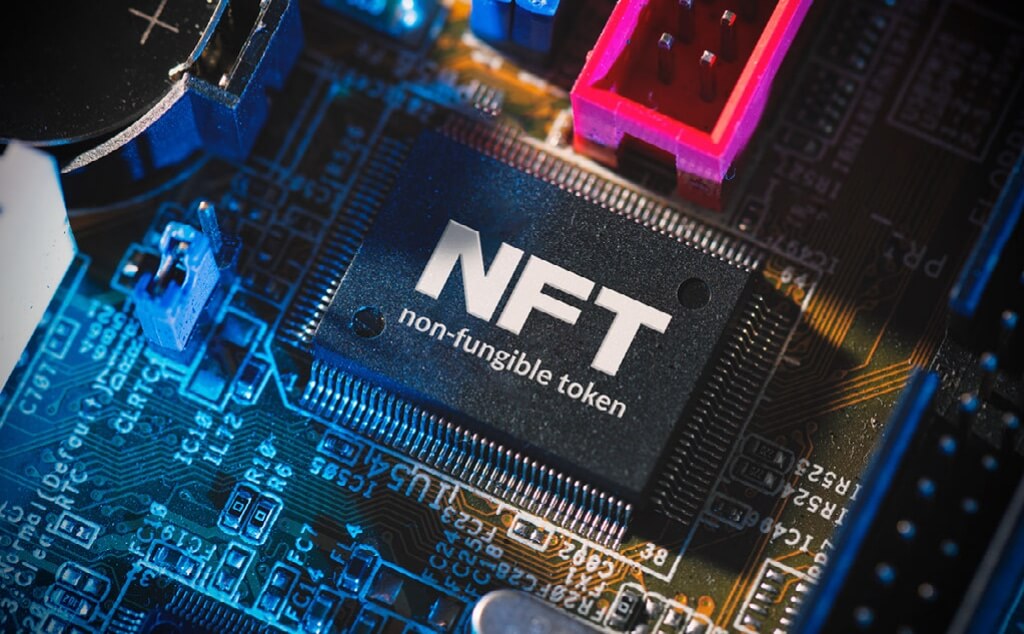
NFT liquidity – what does it mean and how to achieve it?
Have you ever considered what NFT liquidity is and how important it is to understand such a thing? What do Non-Fungible Tokens have to do with market liquidity? And ultimately, how significant and profitable are NFTs on Blockchain today?
First of all, Non-Funbiggle Tokens are unique and often limited edition. But, despite that, billions of dollars are made in this industry by selling artwork that propagates mimes and cartoon jokes.
But to best explain what NFT liquidity represents, let’s first separate and explain individual liquidity and Non-Fungible Tokens as tokenized assets.
What is liquidity exactly?
Liquidity represents a specific term that’s utilized in the security market. It shows the easy way in which one corporation or company can turn its digital assets into cash, which is a crucial factor regarding the value of a corporation.
The main reason why it’s essential is that it gives investors a great opportunity to invest in a corporation with the possibility to liquidate their divisions for cash very quickly. If a company isn’t liquid as it is supposed to be, the corporation will be challenged in fundraising, so it’ll need a new financial strategy or nft-backed loans since it will stop growing.
To sum up the liquidity meaning, it’s the degree to which one particular security or asset can be purchased or sold by individuals in the NFT market, excluding the affection of the price of an asset.
What are NFTs from the liquidity perspective?
Once you’ve understood the term “liquidity,” you’d certainly want to learn what NFT liquidity options are and what it all means in the decentralized finance market. Non-Fungible tokens refer to digital assets stored in the Ethereum blockchain as “unique tokens.” It’s like a share of a company.
In general, Non-Fungible Tokens represent the virtual identity of the following items:
- A digital artwork
- A product
- Music
- Any creation by artists who’ve put them on the Ethereum blockchain.
It’s essential to note that the token represents its specific transaction unit.
NFT utility sets buyers and investors apart from traditional retail investors in a fundamental way. Instead of acquiring shares that symbolize ownership in an off-chain company, NFT purchasers obtain tokens representing ownership in on-chain products, artworks, games, or music.
Do NFTs hold more than a token value?
NFTs hold more than token value; they embody community and culture, as defined by NFT holders. Ownership is both a cultural statement and a means to accumulate wealth.
To unlock NFT value and exclusivity, a centralized market with standard currency is needed. However, the primary trading market exists within the blockchain network, where NFTs are minted and traded using the platform’s native currency.
Token swaps, rather than cash, often complicate liquidity definitions for NFTs. Network liquidity, determined by size, transactions, and inherent features, affects NFT prices and stability. Limited transactions within a single blockchain hinder wider adoption.
NFT liquidity needs a universal definition. It varies based on user preferences: swapping for other NFTs, staking in liquidity pools – DeFi protocols, or cash exchange.
What do retail investors seek in the real world?

Despite the abundance of innovation surrounding blockchain and NFTs, they have yet to achieve widespread acceptance. The everyday retail investor has simple needs: a liquid market with high trading volume that allows for quick conversion of assets into cash.
A high trading volume safeguards against market manipulation and enables seamless transactions between buyers and sellers without concerns about excessive price volatility.
Security holds paramount importance for retail investors.
Therefore, easy liquidity is vital in facilitating diverse use cases and broad cultural adoption of NFTs. However, liquidity is contingent upon the supply and demand of NFTs, affecting price stability.
What sets NFTs apart is their unique traceability, unlike stocks or bonds, as they can be directly transferred between two users as distinctive crypto assets.
Increasing the supply of such a uniquely tradable asset within a specific blockchain network presents challenges. Without the ability to expand supply, demand for the NFT may decline, ultimately capping its price potential.
Such a market dynamic does not favor investors seeking to allocate their funds wisely.
Offering diverse NFT investment opportunities
NFTs offer diverse investment opportunities through nft collateral, nft monetization, and nft fractionalization. Investors can unlock additional value by utilizing NFTs as collateral while retaining ownership.
Monetizing NFTs allows for a capital generation without selling the assets. Fractionalization enables broader investment participation by dividing NFTs into smaller shares. These features enhance the appeal of NFTs as a dynamic asset class, providing avenues for financial growth and diversification in the digital realm.
The issue of “platform risk.”

Crypto is addressing the issue of “platform risk” by leveraging NFTs. Traditionally, in-game purchases or digital assets were tied to a specific platform, risking their disappearance once the platform ceased to exist. NFTs, on the other hand, interact directly with blockchains, ensuring transaction records are stored across the network.
Ethereum distributed ledger has been at the forefront of this movement, hosting 80% of all NFTs and driving market stability. However, new blockchain platforms are emerging, introducing NFTs on alternative networks like Solana.
What could investors seek to invest?
In a future scenario, investors may seek to invest in multiple blockchains and their respective NFTs. However, pricing structures and guidelines differ between platforms, requiring the conversion of fiat investments into specific blockchain coins without a standardized coefficient. This lack of standardization and interoperability across numerous blockchains and NFTs can complicate quickly liquidating NFT assets, i.e., liquid assets or creating projections for an entire portfolio.
To address this, the crypto industry has introduced the concept of secondary marketplaces. These platforms, such as OpenSea, act as listing aggregators, enabling trading across different NFT collections that may not be directly compatible with other platforms. This enhances liquidity, pricing, and trading volume, offering investors a more comprehensive range of projects.
Factors that determine the NFT liquidity

Furthermore, NFTs’ liquidity is determined by the market cap, volume, and depth of the blockchain on which they are minted. While NFTs have a fixed supply, secondary marketplaces provide the opportunity for increased trading volume by allowing more tokens to be traded, thereby increasing token prices and improving stability as trading assets.
In this evolving landscape, concepts such as borrowing against NFTs, NFT lending, NFT finance, and NFT ownership are gaining prominence, providing additional avenues for investors to leverage their NFT assets and participate in the growing crypto ecosystem.
Bottom Line
The journey doesn’t stop there. Presently, NFTs liquidity encompasses the capability to swiftly trade NFTs for cash, facilitated by various channels such as third-party services like Rarebits or Ethplorer, as well as exchanges like OpenSea. OpenSea tackles the interoperability challenge by implementing the Shared Storefront Smart Contract, enabling seamless transactions across platforms.




